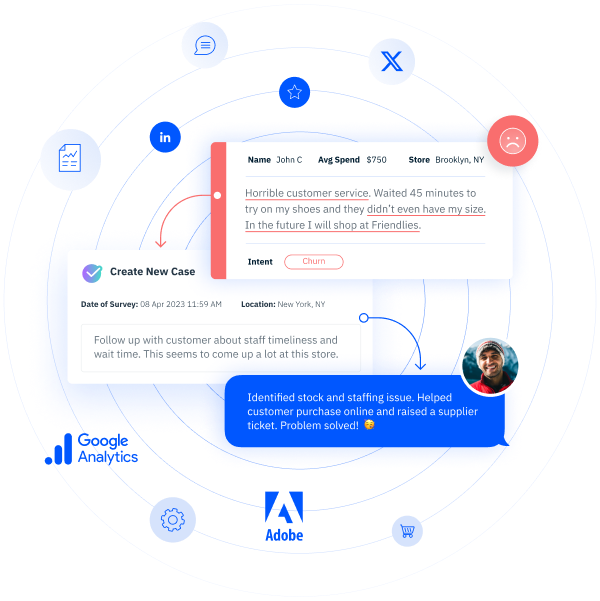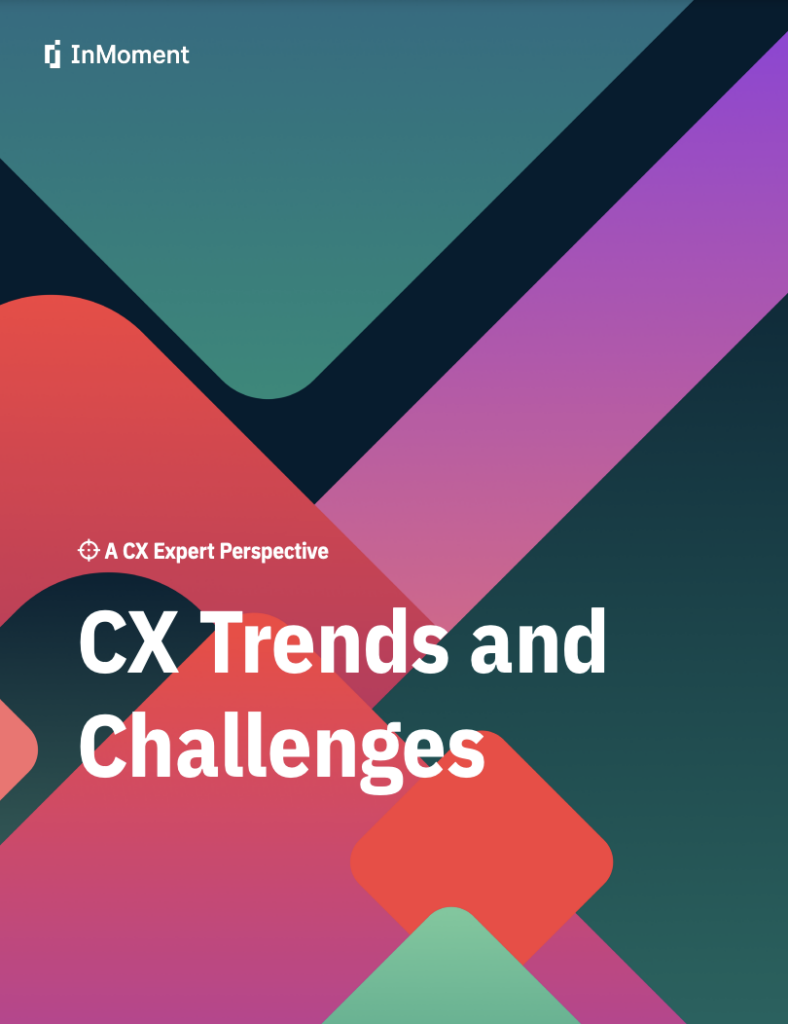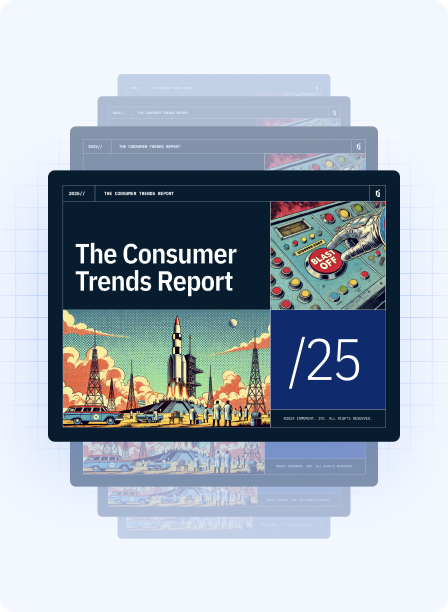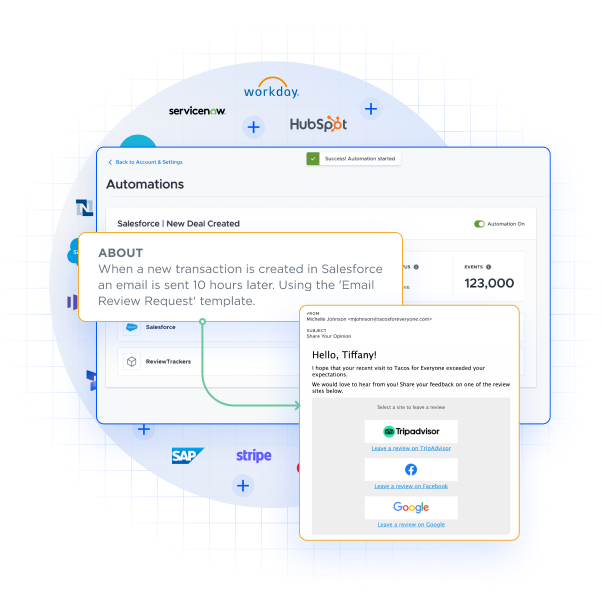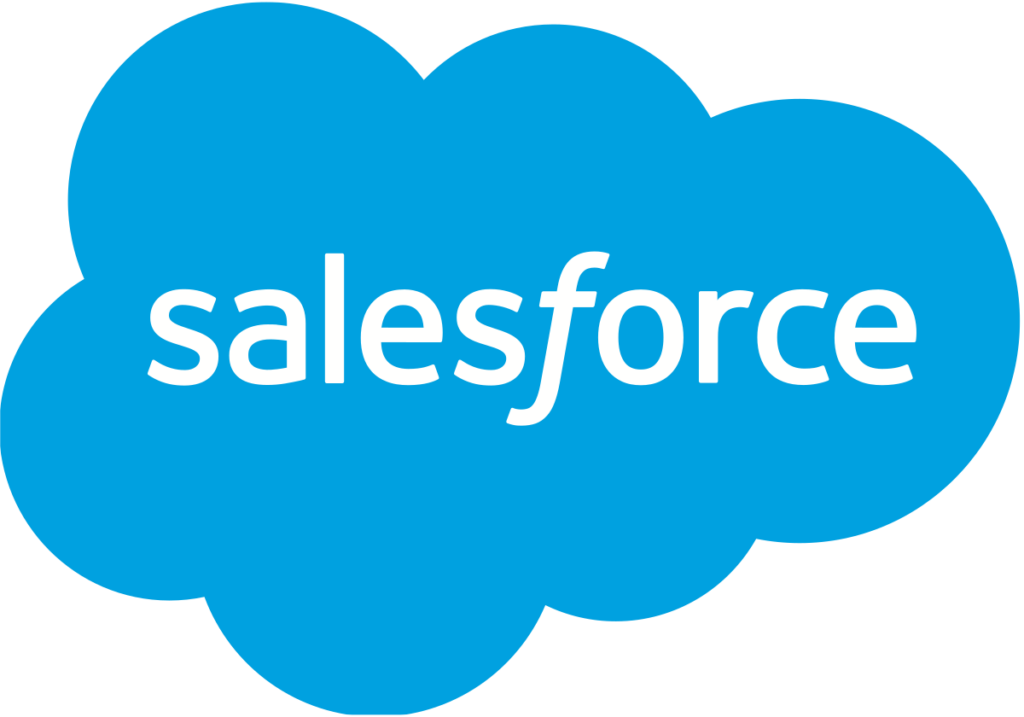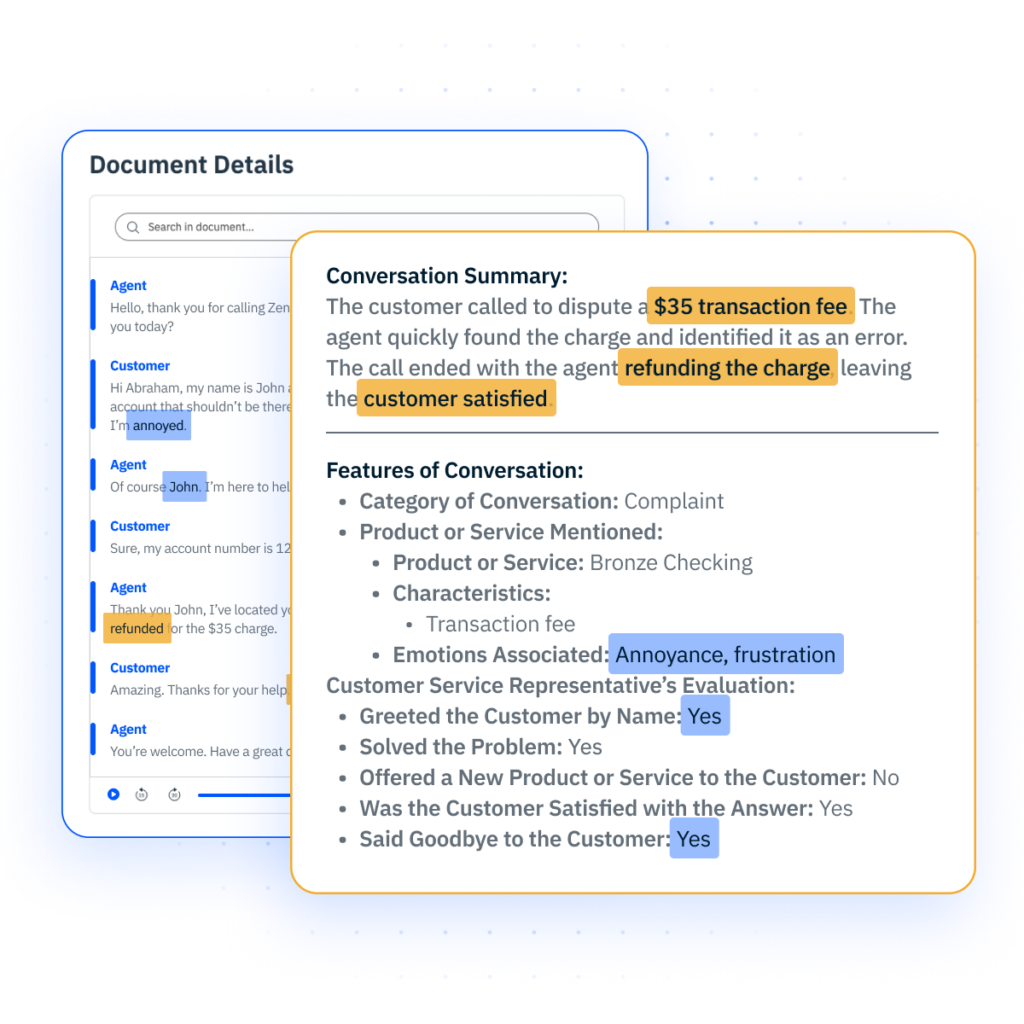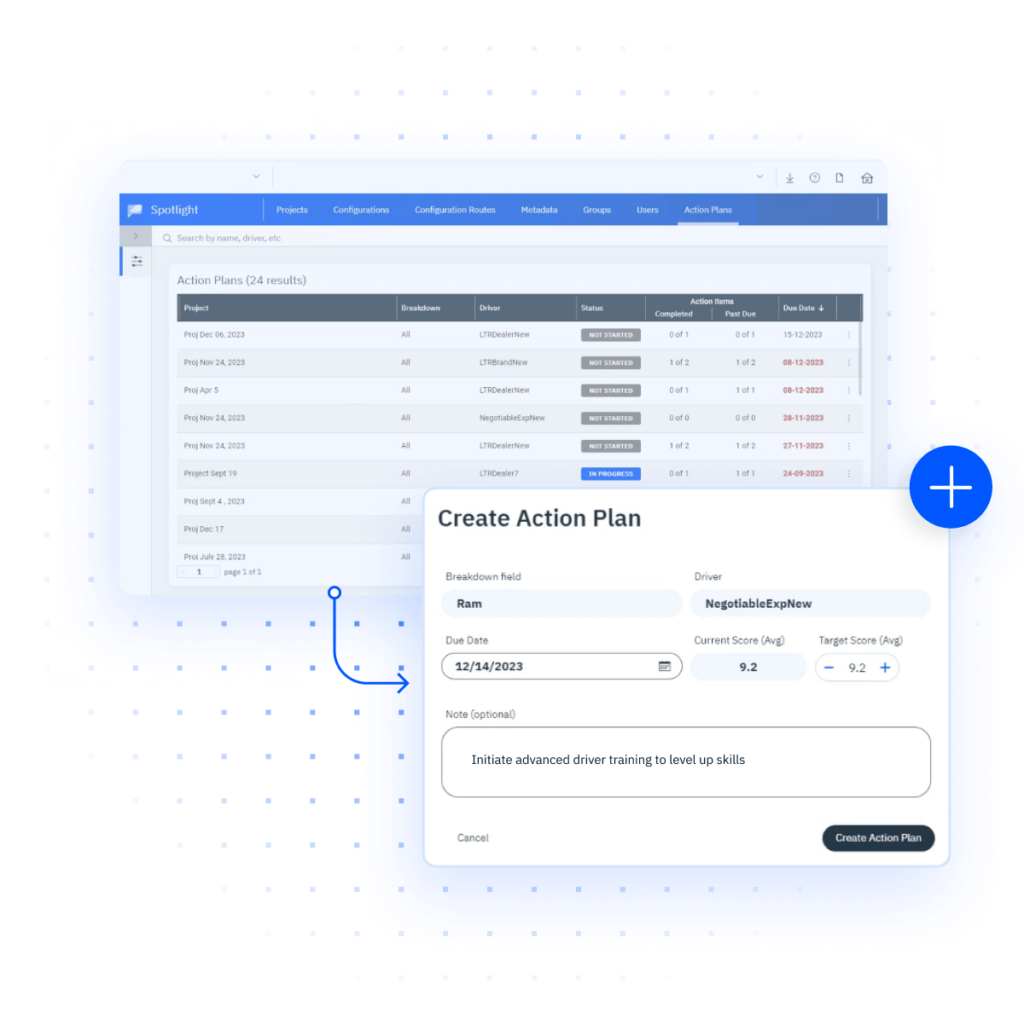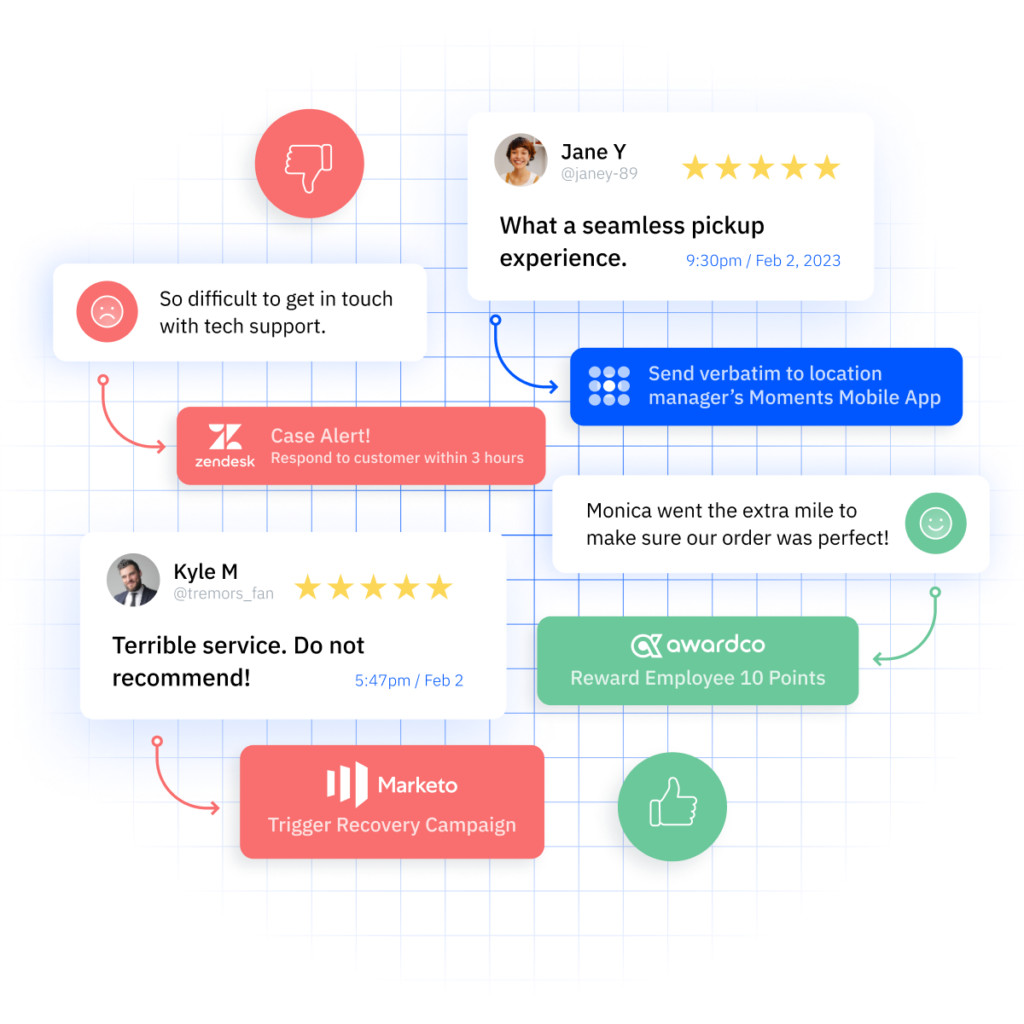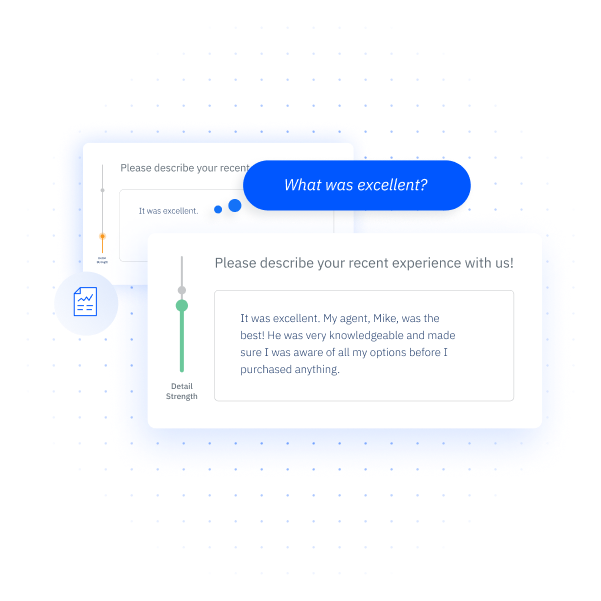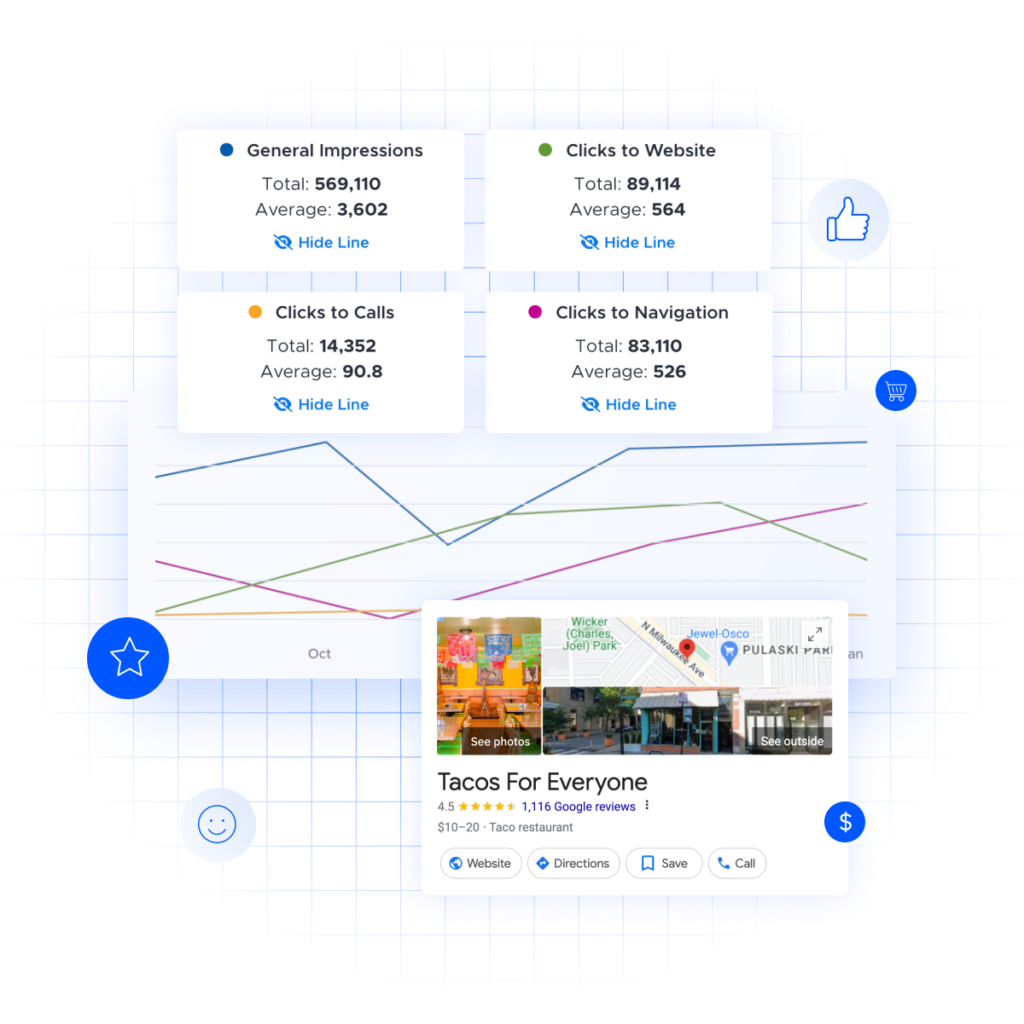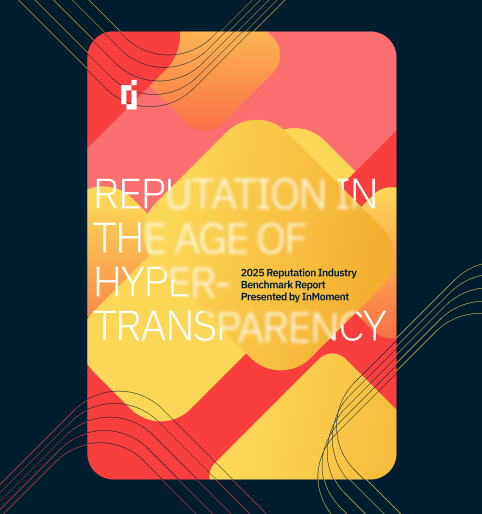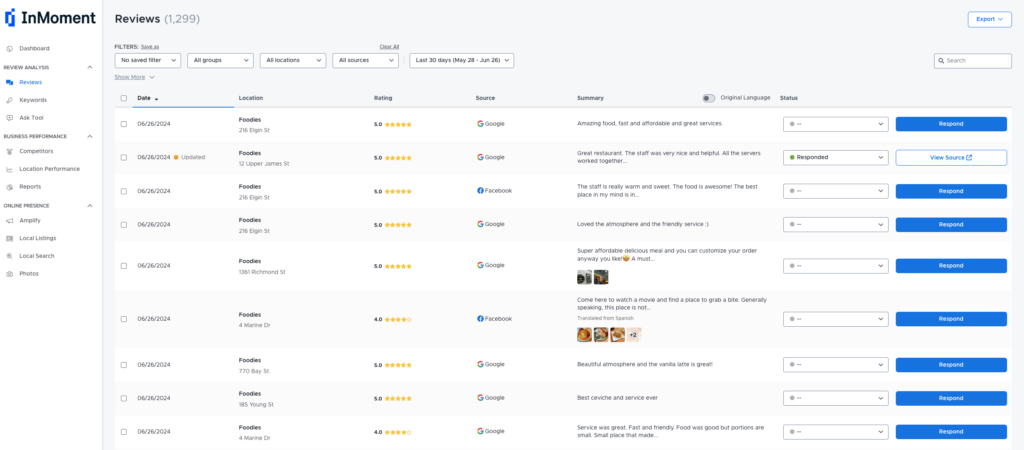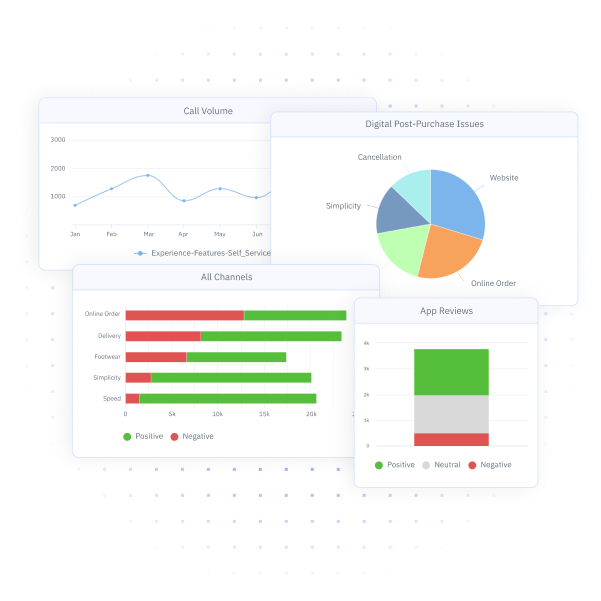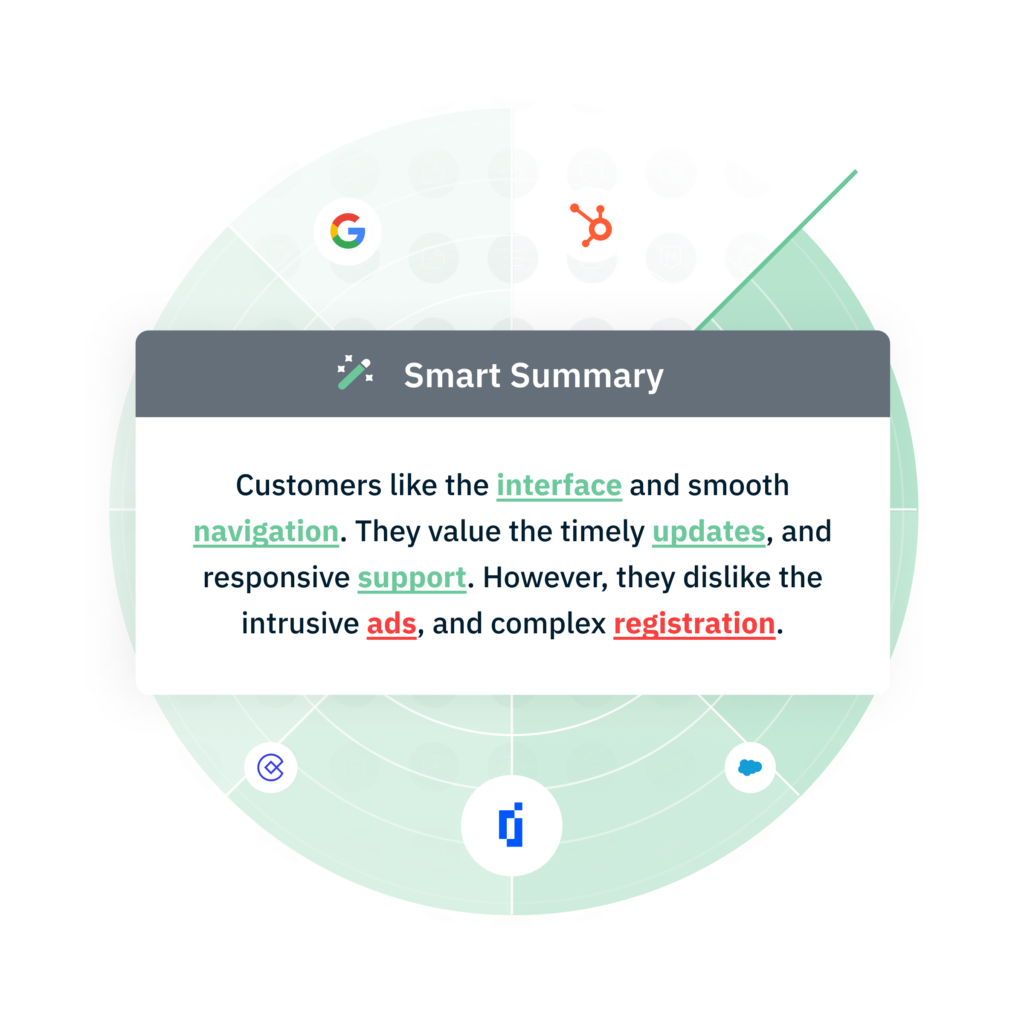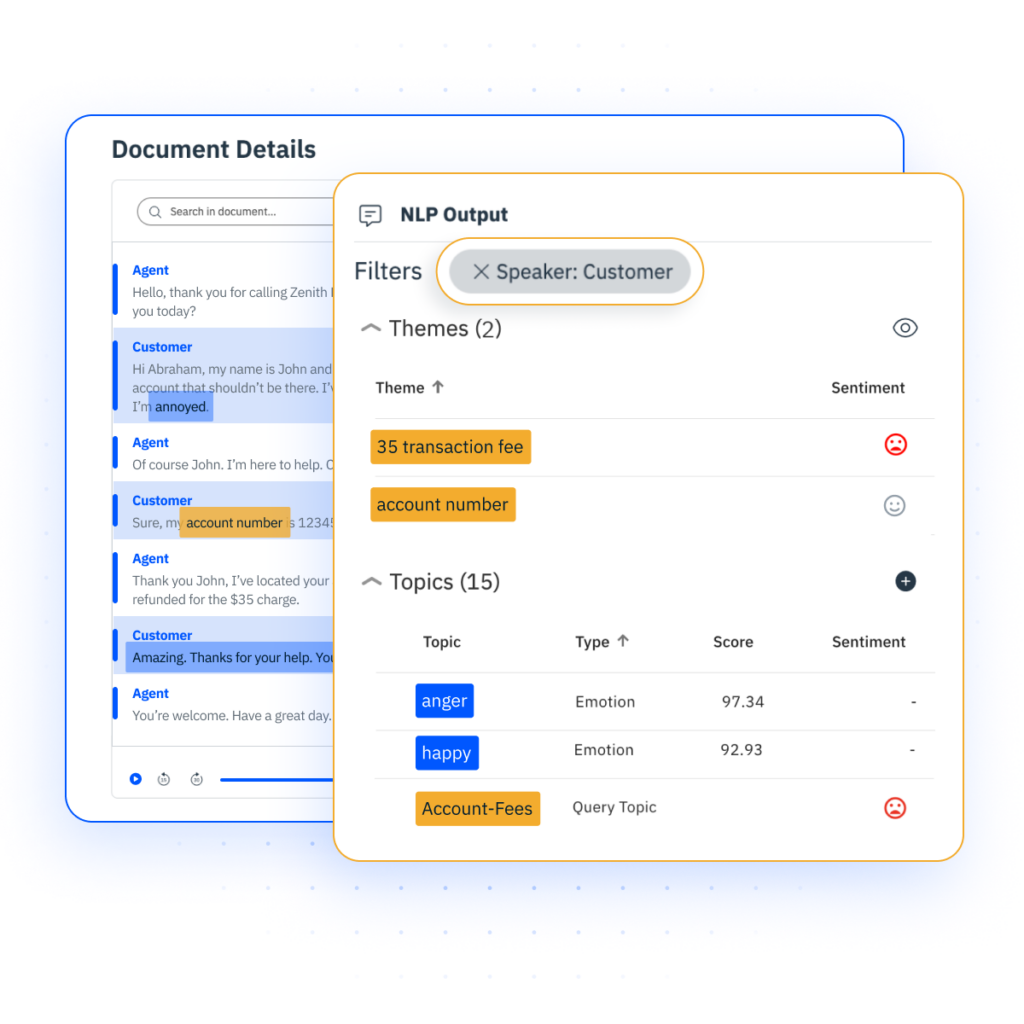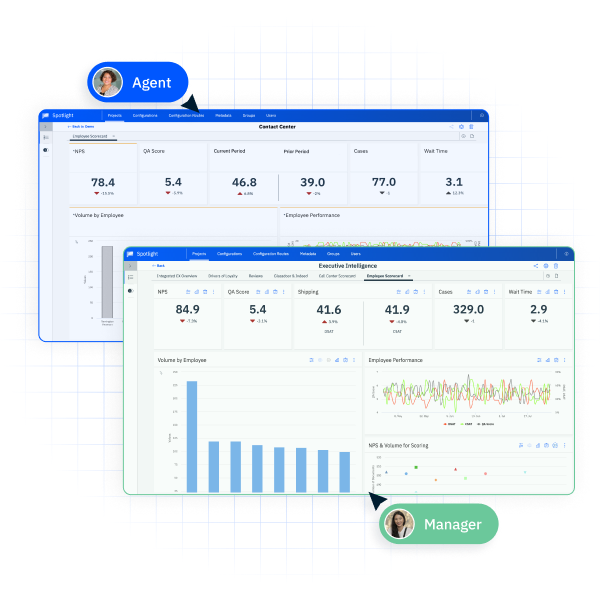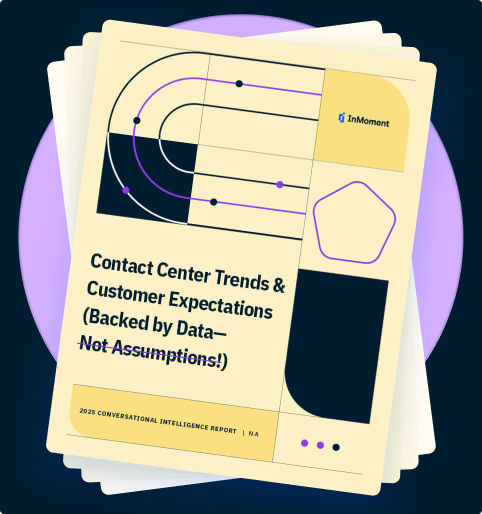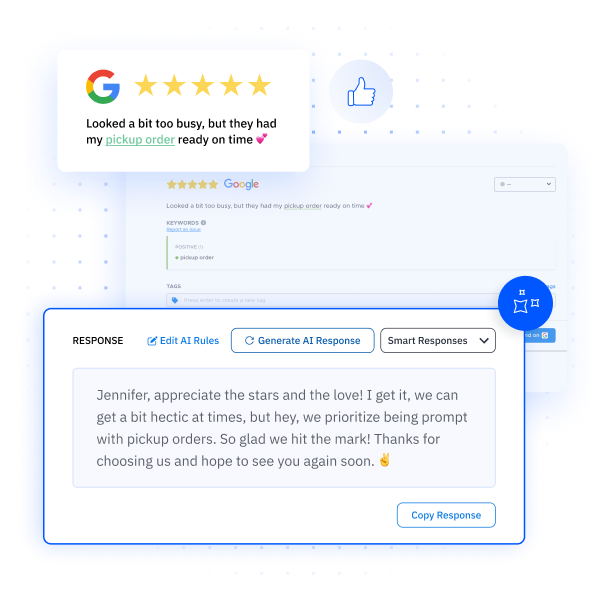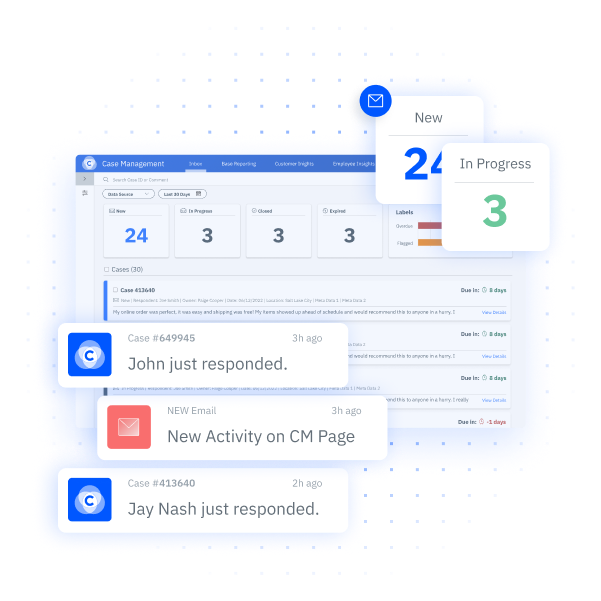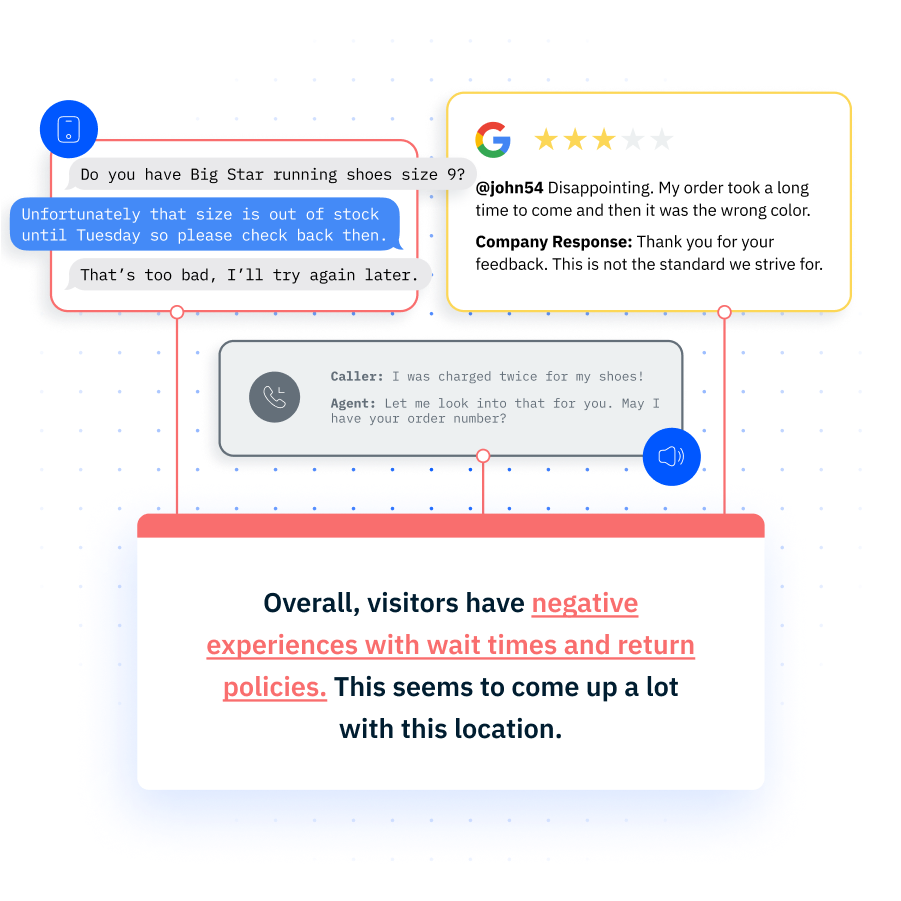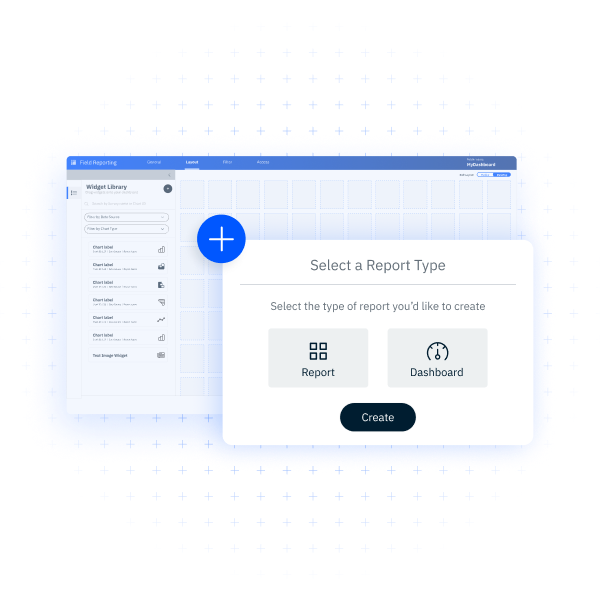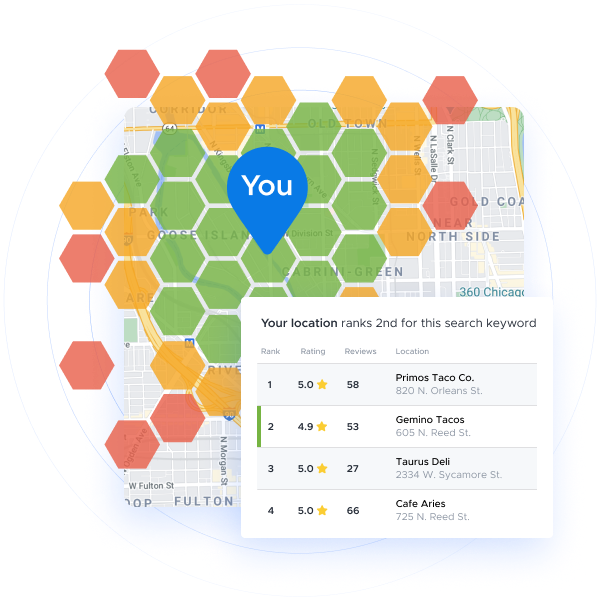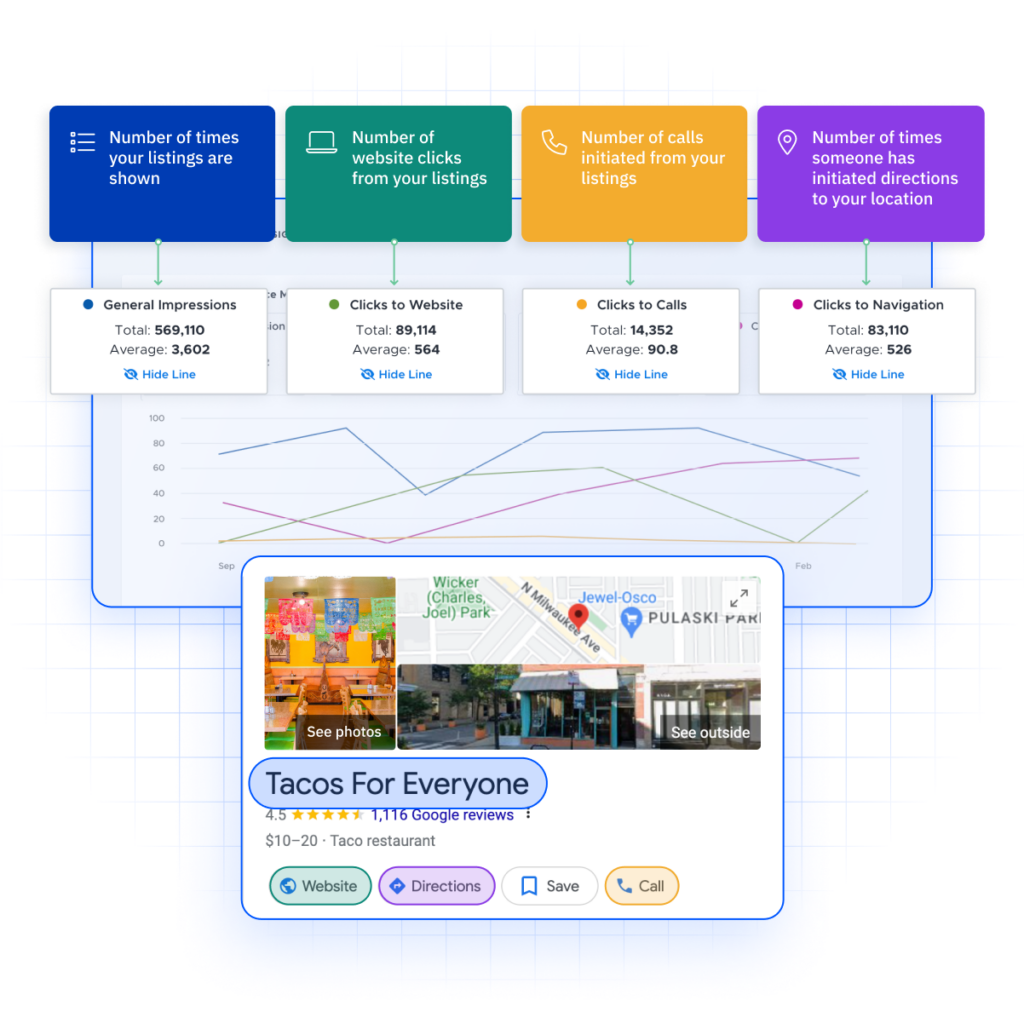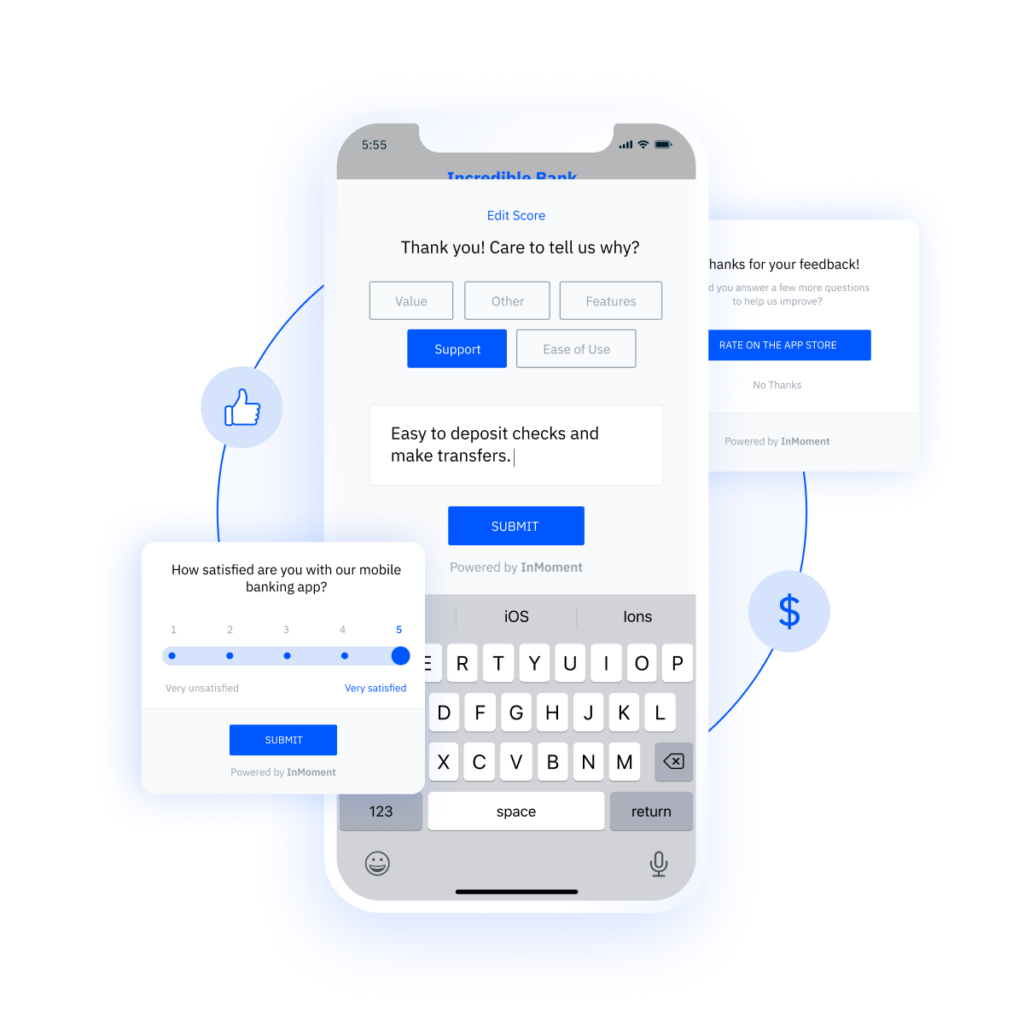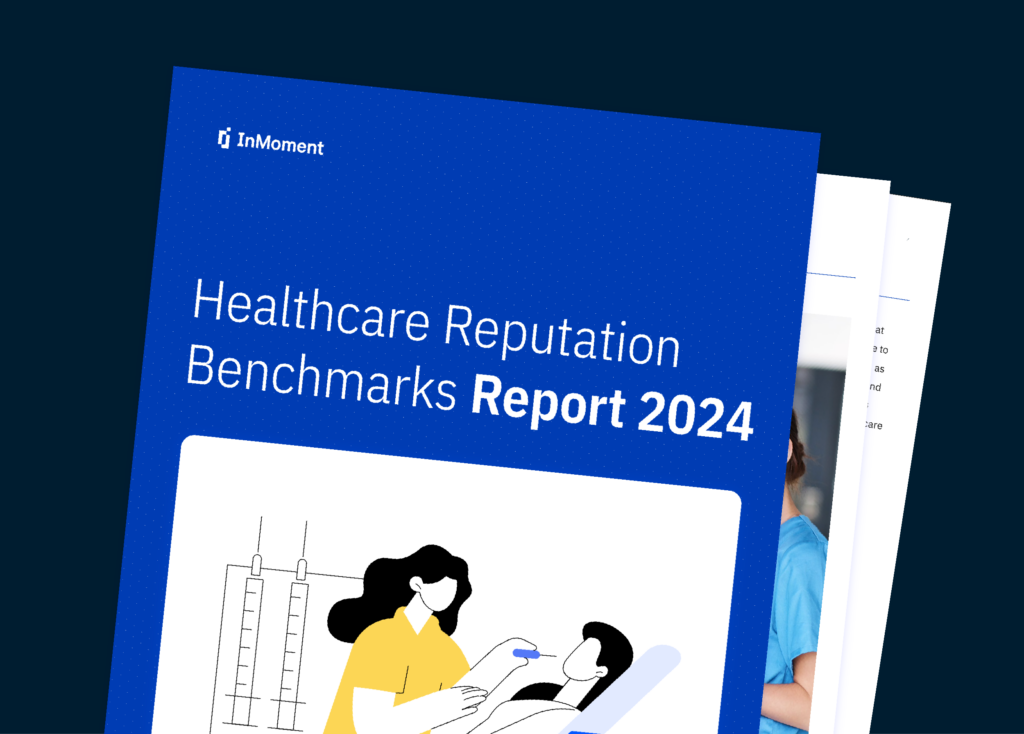How Social Media Monitoring Can Impact Your Business
Social media monitoring is how an organization stays connected with what customers, consumers, and competitors are discussing on social media platforms and using that knowledge to make informed business decisions and build stronger relationships.
Did you know consumers ranked social media in the top five most preferred channels for customer support? Furthermore, more than 80% of consumers expect a response from businesses on social media within two business days. With these customer expectations in mind, having a robust social media monitoring strategy that helps you stay connected with your customers has never been more important for maintaining a positive customer experience.
What is Social Media Monitoring?
Social media monitoring is the practice of actively tracking, analyzing, and responding to online mentions of a brand, product, or topic across social media platforms like Facebook, Twitter, Instagram, and LinkedIn. Social media monitoring is part of comprehensive social media management.
When an organization is tuned in to social media conversations, it gives them insights that influence everything from customer service protocols to marketing strategies and product updates.
Social Media Monitoring vs Social Listening
- Social media monitoring is reactive to certain mentions, reviews, or posts made by customers. Social media monitoring is the base that social listening is built on.
- Social listening is a proactive strategy that uses social media data to uncover customer insights and make broader business decisions.
While often used together in conversation, social media monitoring differs greatly from social listening. Both involve tracking online conversations, however, social media monitoring focuses on immediate action and responding in real-time, making it useful for handling customer inquiries or managing problems as they happen.
Conversely, social listening identifies larger trends and themes through audience analysis, competitive intelligence, and customer sentiment tracking. This helps organizations understand the bigger picture behind consumer behavior and market performance.
Why Is Social Media Monitoring Important
Social media monitoring is important because 88% of consumers expect a response from an organization on social media within two business days. Furthermore, 76% of consumers are frustrated when they do not get personalized communication from a business. By leveraging tools to monitor social media, you can improve your response time with customers and offer them a more personalized experience.
Benefits of Social Media Monitoring
When brands consistently track and analyze social media mentions, they can use those findings to assist their brand reputation management efforts, improve the customer experience, and capitalize on market insights. Here are some other key benefits of social media monitoring:
- Enhanced brand awareness
- Improved customer engagement
- Effective crisis management
- Competitive Analysis
- Informed Market Research
Enhanced Brand Awareness
Social media monitoring allows brands to gauge their visibility across channels and understand how their audience perceives them. By tracking your brand mentions specifically, you can assess the reach and tone of conversations you are part of. This helps you stay connected with how consumers view your brand. This level of awareness ensures that your brand can strategically build and maintain a positive image. In fact, 83% of marketers say their social media monitoring efforts have increased their brand exposure.
Improved Customer Engagement
Properly responding to customer questions, complaints, or compliments can significantly impact customer loyalty. Social media monitoring enables your organization to identify and engage with your audience at crucial moments, such as when a customer leaves a bad review after a negative shopping experience. A quick response time shows that your brand is attentive and responsive and builds stronger customer relationships.
Effective Crisis Management
Social media monitoring can be the difference between a quickly resolved emergency and a crisis that destroys your brand image. With social media monitoring tools, your organization can identify emerging problems and spikes in mentions, such as a viral post of a customer detailing poor customer service they experienced with your brand. When you can identify these issues early, you can address them before they escalate.
Social media monitoring also makes it easy to communicate with your entire customer base in a crisis. A pre-planned crisis management strategy can make crisis management easier through social media monitoring tools.
Competitive Analysis
Social media monitoring tools do not only monitor mentions of your organization. They can also monitor chosen keywords such as product names, industry buzzwords, or names of your competitors. By monitoring industry-related conversations, you gain insight into competitors’ strategies, market gaps, and your current brand equity. This information is invaluable for helping your brand stand out in the market.
Informed Market Research
As mentioned earlier, social media monitoring is the foundation of social listening. That means that social media monitoring can be the filtering system for what is explored more in-depth with social listening. By tracking which topics are being mentioned frequently, you can identify this as a trend that can be further explored with social listening tools.
Who Should Use Social Media Monitoring
Social media monitoring can be useful to any CX teams or similar groups within your organization that rely on customer sentiment, engagement, and overall brand presence. For these teams, social media monitoring can improve strategies and influence business objectives. Here is a closer look at who can benefit from using social media monitoring:
- Marketing and Brand Managers
- Customer Service Teams
- PR Professionals
- Sales Teams
- Product Development Teams
1. Marketing and Brand Managers
Marketing teams can use social media monitoring tools to understand the reach, sentiment, and engagement around campaigns and brand mentions. Using this insight, they can change their messaging, identify successful content, and maintain brand consistency across social platforms.
2. Customer Service Teams
Social media is now in the top five most preferred channels for customer service. Customer service teams that monitor social media channels can promptly address inquiries, resolve issues, and manage complaints.
3. Public Relations (PR) Professionals
PR teams must maintain a positive public image and handle any issues before they develop into a crisis. Social media monitoring helps them stay attuned to public opinion and track the success of PR campaigns. By catching negative mentions early, PR teams can proactively address concerns, manage rumors, and prevent reputation damage.
4. Sales Teams
Social media monitoring can help sales teams identify leads and better understand customer needs and preferences. Monitoring industry trends and tracking potential customers’ pain points can give sales teams an edge in personalizing pitches and addressing the most relevant concerns. This data-driven approach can improve the quality of their outreach and boost conversion rates.
5. Product Development Teams
Social media is a valuable source of customer feedback. Users frequently share experiences, pain points, and feature requests. Product teams can analyze this feedback to improve products, add new features, or create new offerings that align with customer needs. Social media monitoring provides real-world insights that complement other sources of product data.
Key Metrics for Social Media Monitoring
Social media monitoring is more than scanning through unstructured data. There are quantifiable metrics that can help you track the status and progress of your social media monitoring efforts. Here are some essential metrics to focus on:
- Brand Mentions
- Customer Sentiment
- Share of Voice
- Engagement Metrics
- Topic and Keyword Trends
Brand Mentions
In order to understand your brand visibility and relevance, it is crucial to monitor the number and context of brand mentions. Tracking when, where, and how often people mention your brand gives insight into your reach and presence across social platforms. By analyzing both direct and indirect mentions (variations of your brand name or common misspellings), you can be sure that you are capturing the full scope of brand-related conversations.
Additional Tip: You should also monitor the brand mentions for your top competitors. Monitoring competitor mentions gives you insight into the conversations they are a part of. This can be a great advantage for your organization as you can identify your competitors strengths and weaknesses as they are reported on by customers or third-party organizations.
InMoment’s platform gives you the ability to track your competitors’ mentions as well as compare your organization beside them. When you identify and track competitors with InMoment, you can also see how you both compare for industry-related keywords.
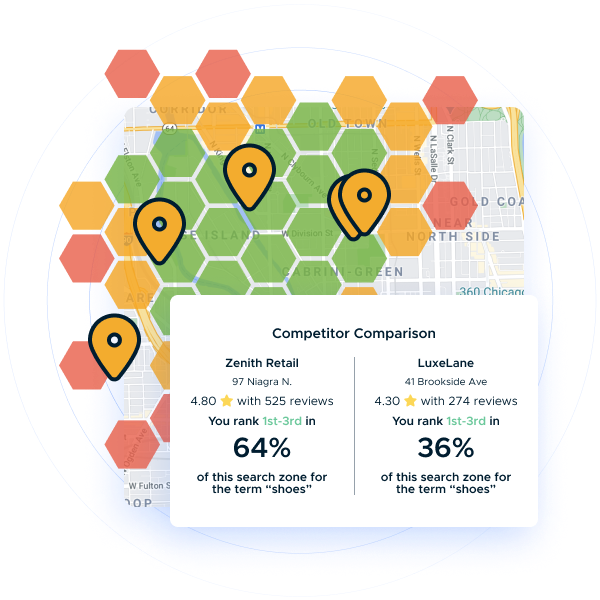
Customer Sentiment
Customer sentiment analysis measures the emotional tone behind social media mentions. This metric provides insight into how people feel about your brand and whether the sentiment changes over time.
Engagement Metrics
Engagement metrics, including likes, comments, shares, and retweets, reveal how actively users interact with your content. Tracking engagement metrics on posts mentioning your brand helps you identify which content types and topics resonate most with your audience.
Topic and Keyword Trends
Staying on top of relevant topics, keywords, and hashtags in your industry helps you tap into conversations that matter most to your audience. By monitoring trending topics, you can align your content with current interests, join popular discussions, and ensure your messaging remains relevant.
Tools for Social Media Monitoring
Selecting the right social media monitoring tool can streamline the process of tracking brand mentions, analyzing customer behavior, and staying responsive to your audience. Here are some popular tools for social media monitoring:
- InMoment
- Sprout Social
- Mention
- Brandwatch
- Agorapulse
1. InMoment
InMoment includes a comprehensive social media management tool through a Hootsuite partnership. This tool includes monitoring, scheduling, and analytics capabilities that allows brands to track keywords, hashtags, and brand mentions across multiple platforms in real time.
Its analytics dashboard also allows users to gauge engagement, sentiment, and campaign performance. It is an all-in-one solution for businesses that want to manage content and monitoring from a single platform.
2. Sprout Social
Sprout Social is known for its robust analytics and customer engagement tools. It enables brands to monitor mentions and keywords, assess audience sentiment, and manage interactions through a unified inbox. Sprout Social’s reporting features provide valuable insights into brand health, competitive positioning, and audience engagement trends, making it particularly useful for teams focused on data-driven strategies.
3. Mention
Mention offers a straightforward, user-friendly solution for tracking brand mentions, competitor analysis, and sentiment. With Mention, users can set up custom alerts for keywords and topics and receive real-time updates, helping brands stay proactive in responding to mentions and trends. This tool is ideal for small to medium-sized businesses that want efficient monitoring without complex features.
4. Brandwatch
Brandwatch specializes in social listening and analytics, providing powerful tools for analyzing customer sentiment and market trends. Its AI-powered analytics offer in-depth insights into brand perception and competitor activity. Brandwatch is well-suited for businesses that need advanced data analytics, sentiment analysis, and trend tracking to stay competitive in their industry.
5. Agorapulse
Agorapulse combines social media management with monitoring, allowing brands to track mentions and keywords while scheduling content and engaging with their audience. Its social inbox is ideal for teams that manage multiple accounts, as it centralizes interactions from various platforms. Agorapulse’s analytics reports also help users evaluate engagement and sentiment, making it a practical choice for mid-sized businesses looking for a mix of functionality.
Key Features for Social Media Monitoring Platforms
Social media monitoring tools can vary in functionality based on the use cases for which they are built. However, there are certain core features that every effective social media monitoring tool will have. Here are some of the most popular features to look out for as you choose a social media monitoring tool:
Real-Time Alerts
Ensure your chosen tool can deliver real-time notifications for brand mentions and tracked keywords. This improves your response time and is especially useful for time-sensitive situations such as handling customer complaints and spotting trending topics.
Through InMoment’s platform, you can respond to customers quickly by setting up customizable alerts for reviews and social media mentions. Also, you can manage the workload by assigning specific tasks to team members in the platform.
Sentiment Analysis
Understanding the tone of social media mentions can help you gauge overall customer sentiment and track how it changes over time. Sentiment analysis provides insights into whether conversations around your brand are positive, negative, or neutral.
InMoment’s sentiment analysis is driven by award-winning text analysis software that gives you the most accurate reporting and lets you dive deeper into intent, perceived effort, and emotion hidden in feedback so you can craft the best response.

Cross-Platform integration
With social conversations happening on multiple platforms, it is important to have a tool that pulls data from all relevant social networks to capture a comprehensive view of your brand’s digital presence. You want to choose a tool that integrates with all major platforms, such as Facebook, X (formerly Twitter), Instagram, and LinkedIn, as well as review sites such as Google and Yelp.
If your team uses other platforms, such as a CRM, marketing automation software, or customer support tool, look for social media monitoring tools that can integrate seamlessly to consolidate data and streamline workflows.
Competitive Analysis
Understanding what’s happening with competitors provides valuable context for your brand’s performance and helps identify gaps or opportunities within your industry. Monitoring competitors’ social media presence, engagement levels, and customer sentiment lets you stay ahead and make more strategic decisions.
Choose tools that allow you to set up competitor tracking with customizable comparisons, share-of-voice analysis, and benchmarking features. Some tools can also analyze competitors’ content to reveal which topics and formats resonate most with their audience.
Reporting and Analytics
Detailed, customizable reporting and analytics simplify tracking performance over time, measuring campaign success, and sharing insights with key stakeholders. Strong reporting features make it easier to turn social media data into actionable insights that support strategic decision-making.
How to Implement A Social Media Monitoring Strategy
Implementing an effective social media monitoring strategy requires a structured approach to make sure your organization is tracking the right data to make the best decisions. Here are the key steps to setting up a successful social media monitoring strategy:
- Define Your Goals
- Identify Key Metrics
- Choose the Right Tools
- Set Up Alerts and Track Keywords
- Establish a Response Protocol
- Analyze and Report
Step 1: Define Your Goals
Start by identifying your main objectives. Whether it’s improving customer service, managing brand reputation, tracking competitors, or gauging campaign performance, knowing your goals will help you focus on the most relevant metrics and guide your monitoring efforts effectively.
Step 2: Identify Key Metrics
Based on your goals, choose the key metrics to track, such as brand mentions, sentiment, engagement, or share of voice. You may want to consider choosing social media metrics that can correspond with KPIs in customer experience. Defining the best metrics to track first will help you better track success over time.
Step 3: Choose the Right Tools
Once you have outlined goals and defined the most important metrics for your team, select a social media monitoring tool that aligns with your needs, team size, and budget. Look for features that will support your specific goals, like real-time alerts, sentiment analysis, competitor tracking, and customizable dashboards.
Step 4: Set Up Alerts and Track Keywords
Configure alerts for brand mentions, industry-related keywords, competitors, and any hashtags relevant to your brand. Real-time alerts help you stay responsive to important developments and engage promptly with customers and followers.
Step 5: Establish a Response Protocol
Create a protocol for responding to different mentions, such as positive feedback, complaints, or potential crises. Define who will respond to each type of interaction, the preferred tone and style, and a timeline for response. Having a clear plan helps teams remain consistent and proactive in customer interactions.
Step 6: Analyze and Report on Insights
Review the data regularly to assess performance, monitor sentiment trends, and identify recurring issues or customer preferences. Share insights with relevant teams, such as marketing, product development, and customer support, to inform decision-making across the organization.
Common Challenges in Social Media Monitoring
While social media monitoring is an extremely important part of efforts to improve customer experience in your organization, it comes with its own set of challenges. Here is a look at some common obstacles and practical solutions to overcome them:
Information Overload
- Problem: Social media platforms generate an overwhelming amount of data daily, and trying to monitor every mention can be exhausting and counterproductive.
- Solution: Focus on the metrics and keywords that align directly with your goals. Set up filters to prioritize mentions based on relevance, sentiment, or source, and consider creating tiered alerts that notify you only of high-priority mentions. Using tools with AI-powered analytics can also help in sorting and analyzing large volumes of data effectively.
Detecting Nuanced Sentiment
- Problem: Automated sentiment analysis often struggles to detect sarcasm, humor, or subtle tones, leading to inaccurate readings of customer sentiment.
- Solution: Consider using monitoring tools with advanced AI capabilities or natural language processing (NLP) to improve sentiment accuracy. For high-stakes conversations, rely on manual review or human oversight to ensure nuanced messages are correctly understood.
Cross-Platform Consistency
- Problem: Different social media platforms vary in user demographics, content style, and engagement norms, making it difficult to maintain consistent monitoring across channels.
- Solution: Use a tool that integrates multiple platforms into one dashboard, making it easier to monitor and compare across channels. Create platform-specific monitoring criteria to adapt to the nuances of each social network, ensuring that your approach is relevant and effective.
Start Social Media Monitoring with InMoment
InMoment’s social media monitoring solution through Hootsuite, paired with an award-winning customer experience platform, gives organizations all the tools they need to create a consistent customer experience that keeps customers coming back. See what InMoment can do for you by scheduling a demo today!
References
HubSpot. 2024 HubSpot State of Service. (https://offers.hubspot.com/state-of-customer-service). Accessed 11/4/2024.
Mckinsey & Company. The value of getting personalization right—or wrong—is multiplying. (https://www.mckinsey.com/capabilities/growth-marketing-and-sales/our-insights/the-value-of-getting-personalization-right-or-wrong-is-multiplying). Accessed 11/4/2024.
Social Media Examiner. 2024 Social Media Marketing Industry Report. (https://www.socialmediaexaminer.com/social-media-marketing-industry-report-2024/). Accessed 11/4/2024.
Sprout Social. Sprout Social Index Report 2023. (https://sproutsocial.com/insights/index/). Accessed 11/4/2024.
